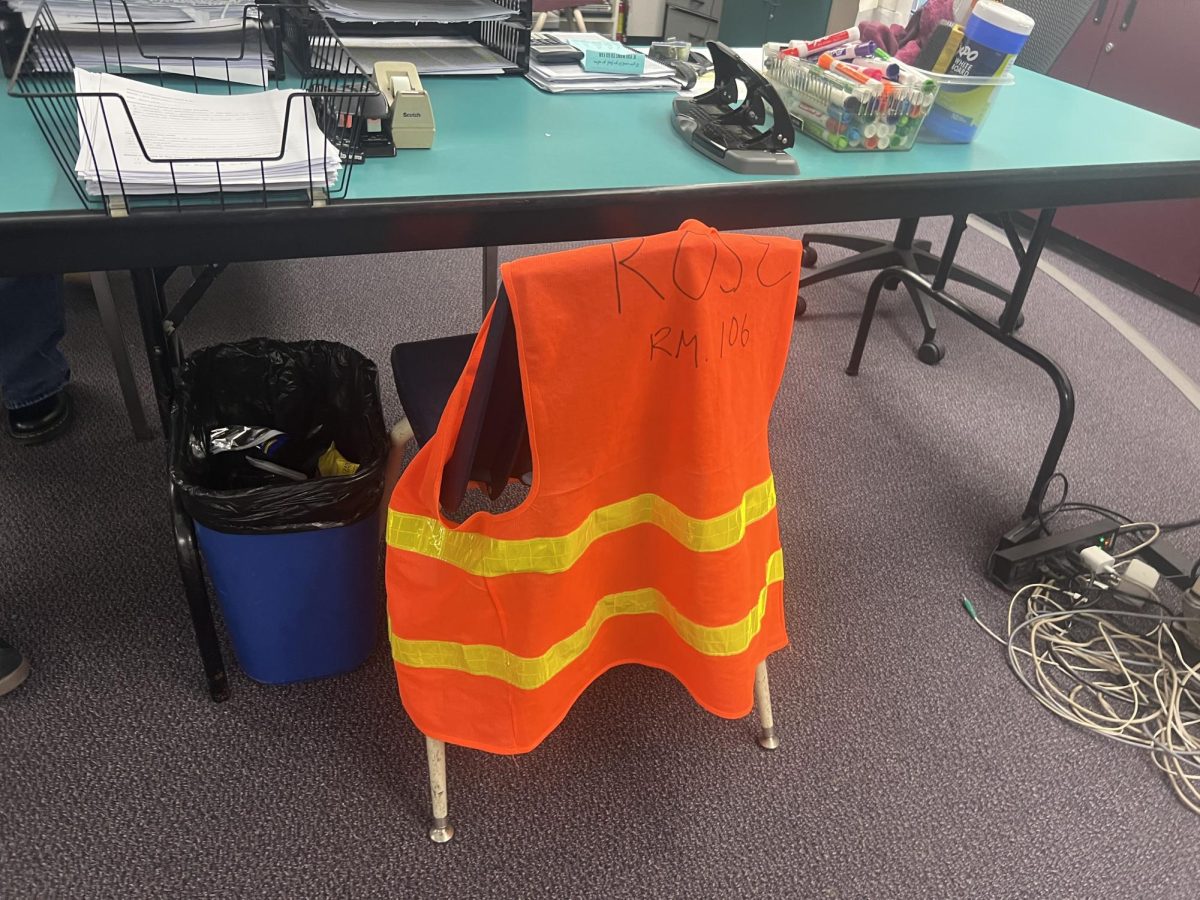At the start of the school year, Aliso Niguel High School introduced a standardized bathroom pass system to replace the previously inconsistent methods. The new system consists of color-coded vests assigned to each classroom, intended to create a more organized and structured approach to restroom use. The goal was to ensure students remained in their designated areas and to reduce unnecessary wandering in the hallways. But months later, has the system worked?
A common criticism among students is that the vests do little to deter those who already ignore school rules. Wearing a color-coded vest doesn’t necessarily mean a student is headed straight to the restroom and back. Many still take the opportunity to wander, meet up with friends, or take an extended break from class. The only difference? Now, they’re doing it while wearing a brightly colored vest.
Joel Shin (10) says, “I get the idea behind it, but if someone wants to ditch, they’ll ditch. A vest isn’t stopping them from going to the other side of the school.”
Students like Shin have observed that people from the portable classrooms still make their way to the freshman area, proving that the vests haven’t effectively restricted movement across campus.
Another major concern is hygiene. Many students find the vests unsanitary, as they are passed between multiple students throughout the day. Additionally, a significant number of vests are in poor condition. To prevent the spread of germs, some students suggest alternative solutions.
Megan Celine (10) says, “I think we should have digital hall passes or time-tracking systems that would hold students more accountable.”
Despite these concerns, some students and teachers appreciate the structure the vests bring. Before this system, there was no uniform way to track students leaving class, leading to confusion and inconsistent enforcement. A standardized system allows teachers to better manage restroom breaks, ensuring that only one student is out at a time and reducing unnecessary disruptions.
However, many staff members have found the bathroom pass system ineffective. Campus supervisors have noticed that students often take the vests but do not go to their designated restrooms.
Laura, a supervisor at Aliso Niguel, says, “With students always taking their phones, not a whole lot has changed since everyone has to work together for this new system to be effective … but students don’t even care about the policy.”
Laura and other staff members have observed that some students use the vests as an excuse to wander rather than go straight to the restroom and back. She also believes that students taking their phones with them contributes to the amount of time spent outside of class. If the school’s goal is to reduce unnecessary trips and keep students in class, simply changing the pass system isn’t enough. A more effective approach may involve stricter enforcement, clearer consequences, or a reevaluation of how and when students are allowed to leave. Until then, the vests remain a symbol of good intentions—without much change in results.












